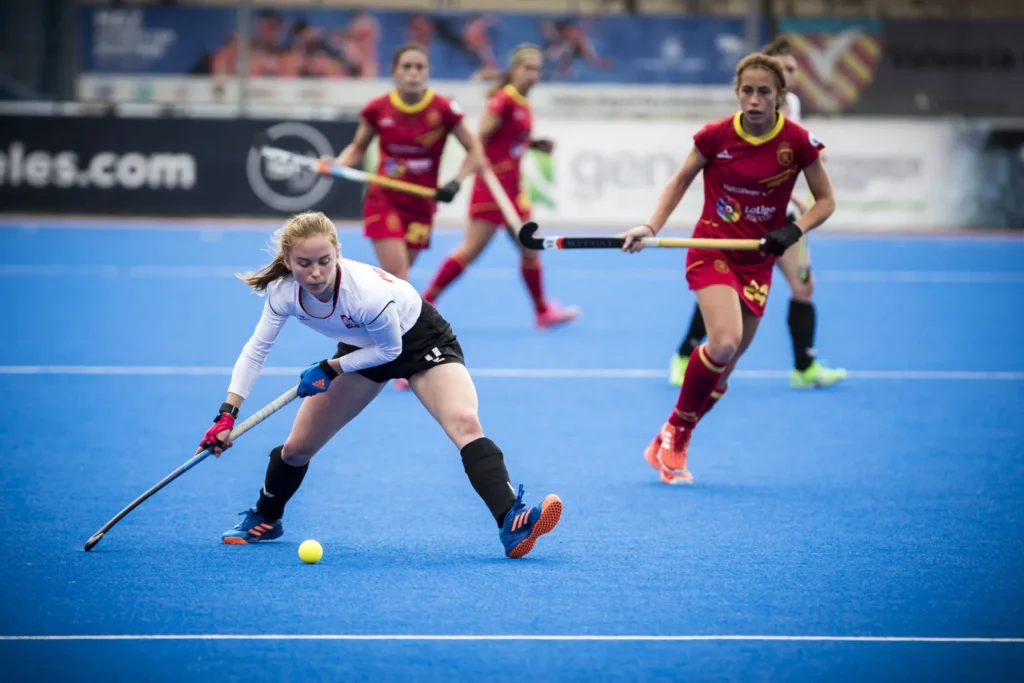Hockey is a fast-paced, adrenaline-filled sport that has captured the hearts of millions worldwide. Whether it’s the ice version in North America, Europe, and other cold regions or the field version played in tropical climates, hockey brings with it a level of excitement, strategy, and sheer skill that few other sports can match. In this post, we’ll dive deep into the history, rules, and evolution of hockey while exploring what makes the sport so thrilling for players and fans alike.
The Roots of Hockey: From Ancient Games to Modern Glory
Hockey as we know it today has evolved over centuries, with its origins tracing back to ancient cultures. The roots of field hockey date back to ancient Egypt, Greece, and even China, where early versions of the game were played with sticks and a ball or puck. However, the modern forms of the game as we know them today—ice hockey and field hockey—started taking shape in the 19th century.
Ice Hockey emerged in Canada in the 1870s, evolving from various stick-and-ball games played on frozen lakes. The sport quickly grew in popularity, and by the early 20th century, it had become a major fixture in North American sports, with the National Hockey League (NHL) being established in 1917. The United States and Canada dominated the sport in its early years, with the Winter Olympics adding ice hockey in 1924.
Field Hockey, on the other hand, has a rich history that dates back even further, particularly in countries like England, India, and the Netherlands. It became a competitive Olympic sport in 1908, and since then, it has developed into a global sport, with countries like India and the Netherlands being powerhouses of the game.
Ice Hockey vs. Field Hockey: What’s the Difference?
While both ice and field hockey share similarities in their gameplay—such as the use of sticks, a puck or ball, and the goal of scoring more points than the opposing team—their differences are notable:
- Playing Surface:
The most obvious difference is the playing surface. Ice hockey is played on a rink of ice, while field hockey is played on grass or artificial turf. Ice adds an element of speed and agility, while field hockey emphasizes endurance, skill, and precision. - Players’ Equipment:
In ice hockey, players wear skates, helmets, pads, and gloves, allowing them to move swiftly on the ice and withstand physical play. In contrast, field hockey players wear cleats and use a different set of protective gear, including shin guards, mouthguards, and gloves. - Puck vs. Ball:
Ice hockey uses a hard rubber puck, which slides quickly across the ice. Field hockey uses a hard plastic ball that bounces and rolls, requiring players to focus more on their control and passing precision. - Game Duration:
Ice hockey games typically consist of three 20-minute periods, with a 15-minute intermission between each period. Field hockey, depending on the level of play, consists of two 35-minute halves, with a break in between.
The Rules of Hockey: A Game of Speed and Skill
The rules of hockey, though simple in theory, require a high degree of skill, coordination, and strategy. Whether it’s the high-octane action of ice hockey or the tactical play of field hockey, players must be quick thinkers and agile athletes.
Ice Hockey Rules:
- Offside and Icing: Players must not enter the opponent’s zone before the puck does, and icing occurs when a player shoots the puck across the center red line and the opposing goal line without it being touched.
- Penalties: Physical contact is a fundamental part of ice hockey, but there are rules to prevent dangerous plays. Penalties like tripping, slashing, and hooking can lead to a power play, where the offending team plays with fewer players on the ice.
- Power Plays: When one team has a player in the penalty box, the other team has a numerical advantage and can make a more aggressive play.
Field Hockey Rules:
- Fouls and Free Hits: Field hockey rules emphasize clean play, with penalties for dangerous fouls such as high sticks or illegal tackles. Free hits are awarded when a player commits a foul.
- Penalty Corner: A penalty corner is awarded for certain fouls, giving the attacking team a chance to score from a specific location on the field.
- Timeouts: Unlike ice hockey, field hockey does not allow timeouts during regular play. However, the game has set stoppages, such as halftime, to allow teams to regroup.
